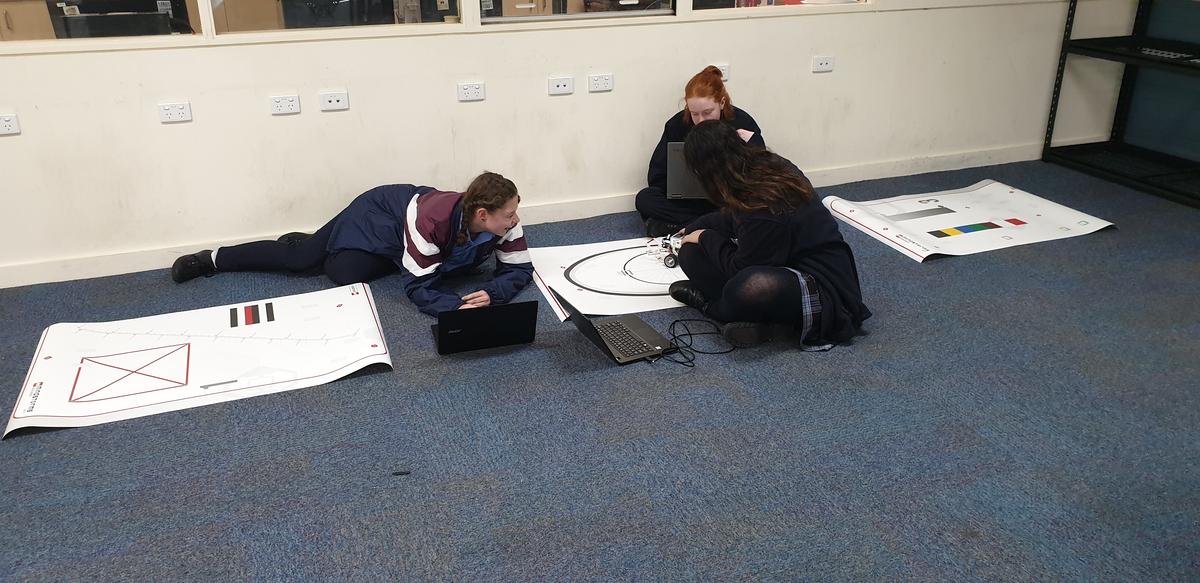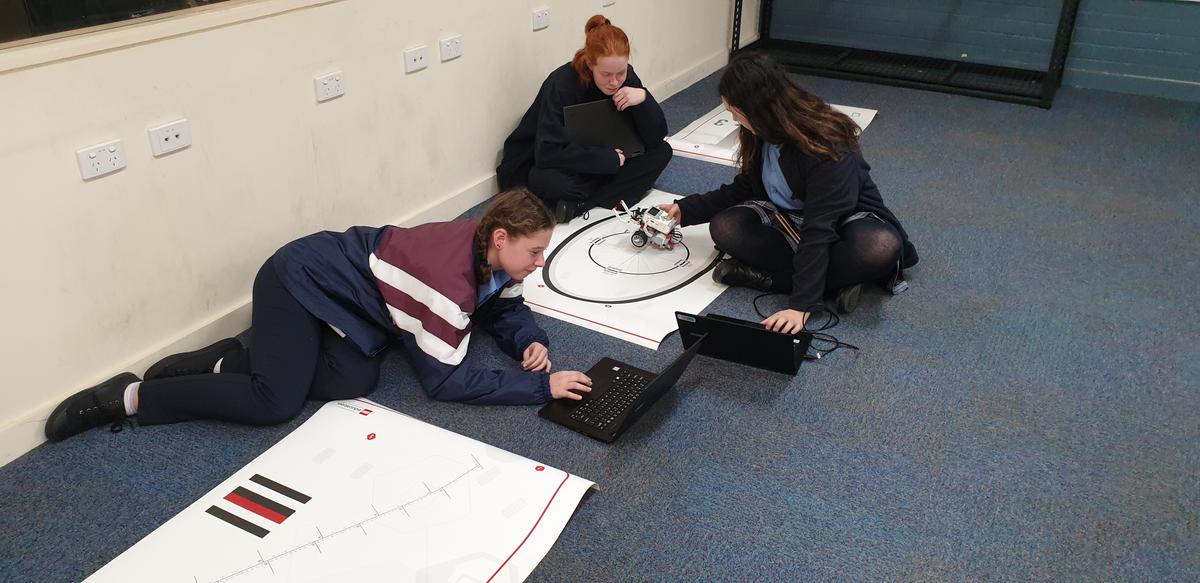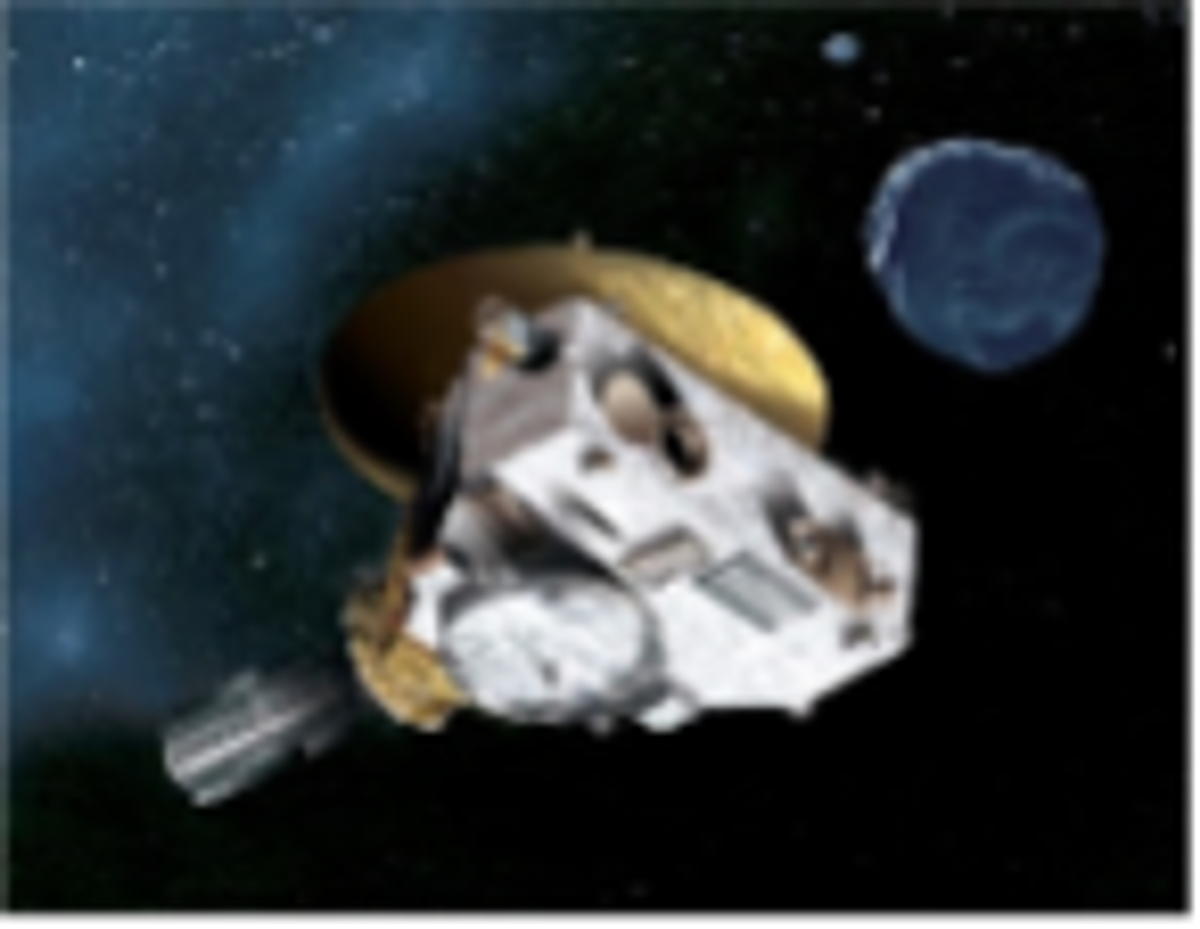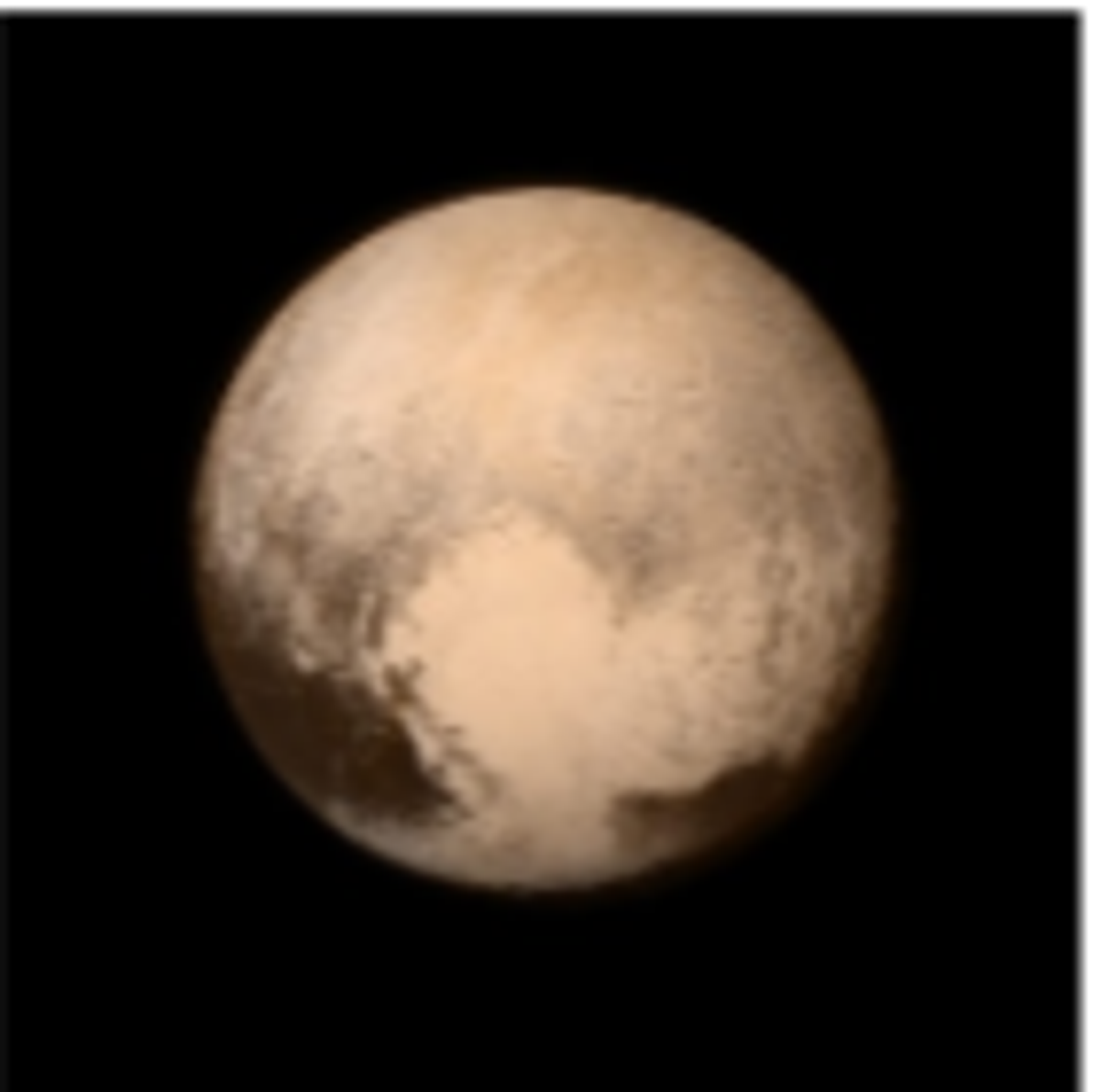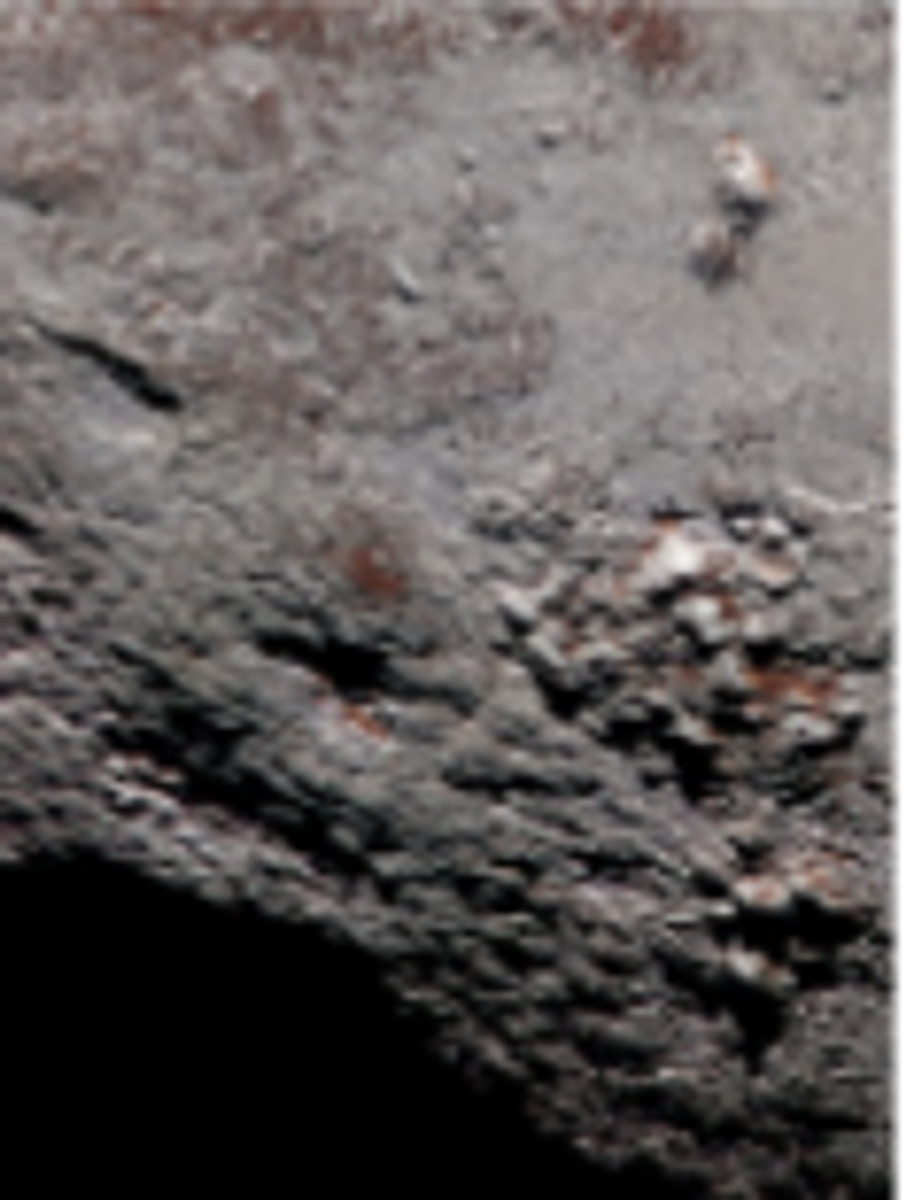STEM In Science

STEM in Science.
Astronomy and Earth Science is a relatively new Year 9 elective, only in its second year. As such, the course is still evolving and this year we have introduced space exploration into the unit. Students have been looking at different bodies in our solar system and the ways we have expanded our knowledge of them through robotic probes and landers. They are also learning how to build and program simple robots using Lego Mindstorm. They will then use the skills they learn to undertake some specific missions in the Space Challenge task simulating activities required of landers on a Martian exploration. Elon Musk eat your heart out.
Students have also written stories visualising themselves running or undertaking missions to other planets based upon their research and a good dose of imagination. What follows is the work of Maryam Asad who teamed with Laura Saldutto to research Pluto.
To the edge of the Solar System!
A few years ago, our New Horizons Mission space probe accomplished the historic flyby of Pluto, the last of the major bodies in our solar system for us to visit. With years of detailed planning it was finally late 2006, and our mission was launched. It required as long as 14 years of funding, hard work and a lot of persistence to make this mission come to life. I was a part of the team that collected and recorded the data given by the spacecraft from Pluto.
We were working the entire nine years as that spacecraft crossed the solar system. Not only planning the Pluto flyby but also training everyone, working on malfunction procedures and backups while also navigating the spacecraft to get the Jupiter flyby right.
With ten days to go before the flyby and New Horizons approaching Pluto at 1.2 million kilometers a day, on Sunday afternoon July 4th we called from APL Mission Control Centre. The call was to say that MOC had suddenly lost contact with New Horizons. The spacecraft literally while talking to us and just went dizzy and went offline and that's never supposed to happen ever to any spacecraft. There you are, approaching Pluto, getting ready for the fly by, your one and only chance to observe Pluto up close and your spacecraft computer crashes. It turns out our main computer had been overloaded and the backup computer saw that it was in trouble and it shut down the main computer which is what it was supposed to do and took over control. When we re-established contact, we found out that the main computer shutdown meant that it had erased all of the flyby plans that had been carefully put up as a series of files over a period of months. There were now only three days remaining before the July 7th deadline when the core program sequence had to work flawlessly to start and operate the flyby instructions automatically controlling spacecraft movement, imaging sequences, data collection and its transmission back to us on Earth as New Horizons raced through the Pluto-Charon system. We immediately called our team back together and for the next three days, no one left, people were sleeping on desks, sleeping on the floor and eating out of candy machines.
After those three days, we got our first picture ever of Pluto! Excitement was in the air and the joy of seeing that the team had worked so hard and succeed is something I will never forget. The picture revealed a lot about what the surface, about the size of the United States, was like. Straight away, we were able to see flowing glaciers, avalanches snowing atmosphere, volcanoes and five fascinating moons. There were so many scientific discoveries which proved how complicated such a small planet can be. After all those years of waiting, we now suddenly had discoveries raining down on us and we could finally start to observe the atmosphere, surface and structure of Pluto which also helped us figure out the weather conditions and potential for life.
It was recorded that the Pluto’s atmosphere was 90% nitrogen with minor amounts of methane and carbon monoxide which had vaporized from the surface. The weather was extremely cold resulting in potential glaciers and craters. Because it was so cold, water turns to ice, telling us
that there was a very little chance that there could be life. However, there was strong evidence of liquid water ocean that can be an abode for life inside Pluto.
Over just a year ago, we knew almost nothing about Pluto, it was just a little ice ball far away in space. But now, after this mission, Pluto became alive to us in various ways.
It was alive geologically and atmospherically with terrains on its surface that are a million square kilometers. Speaking of its surface, Ices like methane, carbon monoxide and nitrogen frost cover the surface and when it is close to the sun its surface ices sublimate and rise to temporarily form a thin atmosphere. It becomes much colder when it is travelling away from the sun.
We learnt many things about this complex and mysterious world and will keep discovering it in even more detail. We are learning that this little planet that is complicated now was even more complicated in the past. I think our next step to exploration should be to go back with another orbiter and really stay and explore in detail. Overall, with some unexpected occurrences, the mission went well and we are all incredibly happy and excited and even more proud to have been a part of this experience and even more so to be able to have pieced together all of the data to make public about this otherwise mystery planet.
By: Maryam (Student)
Paul McGlynn
Leading Teacher


